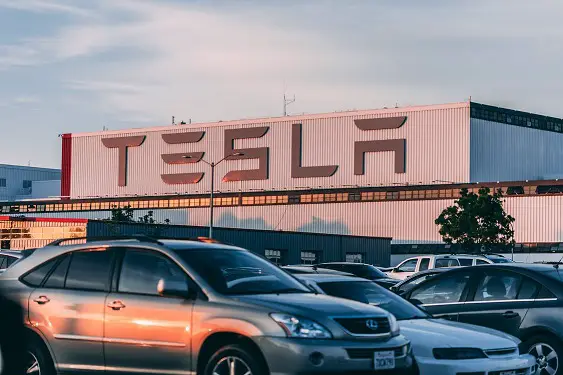On Thursday, the National Highway Transportation Safety Administration (NHTSA) announced that electric automaker Tesla would recall 362,758 vehicles due to the potential for its Full Self Driving Beta software to cause accidents. Reportedly the system “allows a vehicle to exceed speed limits or travel through intersections in an unlawful or unpredictable manner” which “increases the risk of a crash.”
The glitches in the software would reportedly allow a vehicle to use a turn-only lane to pass through an intersection, drive through an intersection despite the traffic light being yellow, or it might “respond insufficiently to changes in posted speed limits or not adequately account for the driver’s adjustment of the vehicle’s speed to exceed posted speed limits,” according to the regulator.
The affected vehicles will include the Model S, Model X, Model 3, and Model Y – all of Tesla’s current offerings – which were manufactured between the years of 2016 and 2023, which were equipped with Full Self Driving Beta.
Elon Musk said he felt the term “recall” was an exaggeration, since he noted no affected vehicles would need to be returned to the manufacturer, but rather would simply receive free software fixes “over the air,” wirelessly, beginning in April. No vehicles would need to physically return to any dealership, as with traditional recalls. Tesla noted it was unaware of any deaths or injuries which had resulted from any customer’s use of the self-driving software.
The glitches were found during testing of the Full Self Driving software, which Tesla has conceded will likely never actually fully pilot the vehicles itself. Consumer advocate Ralph Nader has been a vocal critic of the software, urging the car maker to pull it from tis vehicles. Meanwhile the California Department of Motor Vehicles has accused the automaker of misleading customers by claiming that its vehicles can actually drive themselves.
According to the NHTSA, Autopilot, a significantly pared back version of the Full Self Driving Beta software, has been implicated in several accidents. The agency found that at least 16 crashes involved Teslas which had switched off the Autopilot a second before driving into stationary objects which a human driver would have identified easily, with more than sufficient time to adjust course to avoid the collision.


